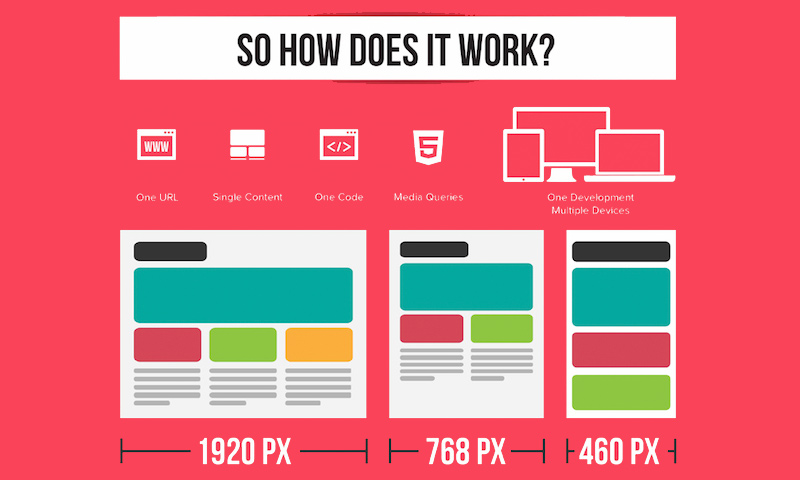Improving Customer Experience With Web Design To Boost Conversions
Improving Customer Experience With Web Design To Boost Conversions
Blog Article
Composed By-Hood Mclean
Have you ever went to a web site that took forever to tons, had a complex navigation system, or didn't show properly on your mobile phone? Possibilities are, you quickly abandoned that site and moved on to one that provided a better customer experience.
In today's affordable on-line landscape, it's important for organizations to focus on website design that improves customer experience in order to drive far better conversions. In this discussion, we will certainly explore the importance of responsive layout, the application of instinctive navigation, and the optimization of page tons rate to produce a smooth and appealing individual trip.
Keep tuned to discover how these aspects can considerably impact your web site's success.
Significance of Responsive Design
Receptive style is crucial in today's electronic landscape for producing sites that adjust perfectly to various screen sizes and devices. When your internet site is responsive, it automatically readjusts its layout and content to fit any kind of tool, whether it's a smartphone, tablet, or desktop. ada website compliance 2021 is vital due to the fact that a growing number of individuals are accessing the net with their mobile devices.
If your web site isn't responsive, it can result in an inadequate individual experience. Individuals may need to pinch and zoom to check out material, buttons may be too little to click, and pictures may not be enhanced for smaller displays. This can frustrate users and lead to high bounce rates and reduced conversions.
Using Instinctive Navigation
When creating a receptive web site, it is very important to focus on making use of intuitive navigation for an enhanced user experience.
web search optimization google navigating refers to arranging your site's food selection and navigation elements in a sensible and easy to use means. By doing so, you make it simpler for visitors to discover what they're seeking and browse with your site effortlessly.
Instinctive navigating helps in reducing confusion and frustration, inevitably causing much better user engagement and raised conversions.
To achieve instinctive navigating, take into consideration utilizing clear and descriptive labels for your menu items, carrying out a regular layout across all pages, and including search capability for quick accessibility to details content. Furthermore, it's critical to prioritize crucial pages and details, guaranteeing they're prominently displayed and easily obtainable.
Optimizing Page Load Rate
To enhance user experience, it's vital to optimize the page lots speed of your site. Sluggish loading times can discourage customers and lead to greater bounce rates.
Fortunately, there are numerous techniques you can execute to boost your web site's load speed. Firstly, think about reducing the size of your pictures by pressing them without endangering quality.
Furthermore, optimize your code by minimizing unnecessary scripts and CSS files. Another reliable method is to utilize browser caching, which permits certain aspects of your site to be saved locally, reducing load times for returning site visitors.
Additionally, consider utilizing a content delivery network (CDN) to disperse your web site's documents throughout numerous servers, enhancing load rate for users in various geographical places.
Final thought
To conclude, by using responsive design, intuitive navigating, and optimizing page lots speed, web designs can substantially improve individual experience and drive much better conversions.
With an user-friendly user interface, simple navigating, and quick packing times, sites can catch and keep the attention of users, leading to boosted engagement and higher conversion prices.
So, don't delay in executing these web design techniques to make certain a seamless and effective user experience!
